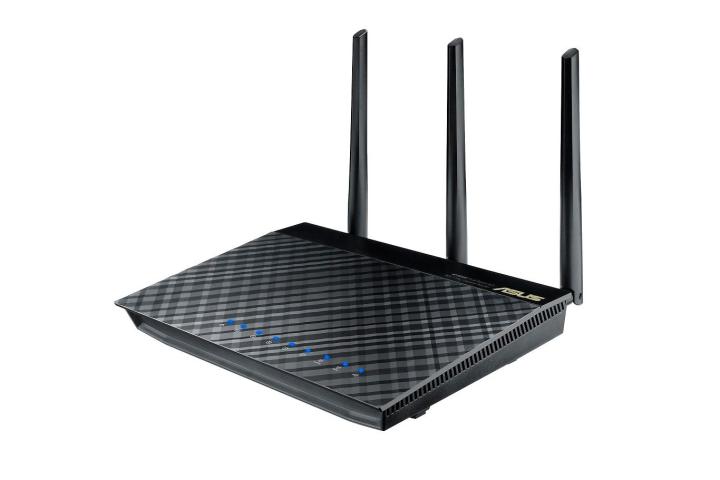
The researchers call the system Power Wi-Fi, and it works by using existing technology found inside routers and devices with Wi-Fi capabilities. The router was set to broadcast a noisy signal at a consistent power rate, which the devices, a webcam and a temperature sensor, were able to use as a power source. It wasn’t particularly efficient, though – the camera they used had enough power to capture one photo after 35 minutes of charging over Wi-Fi.
Of course, the system isn’t really meant for charging up devices that were designed to run off local power sources. Instead, the fact that the system exists could lead to manufacturers producing devices with ultra-low wireless power use in mind. Widespread adoption would have the most profound effect on Internet of Things applications, where low-power devices can easily communicate and charge over a wireless network at the same time – no more swapping batteries in your smoke detectors.
Despite the fact that Power Wi-Fi is still very much a proof of concept, it’s incredibly interesting to see functioning. The idea of harnessing Wi-Fi signals as a way of passively powering devices is one that’s been discussed at length, but this is among the first tangible examples of it working. It will take some time to fully develop the technology, but we have a feeling in a few years this could be how all of your devices charge.
If you’d like to know more you can check out the full research paper here.
Editors' Recommendations
- This smart desk’s built-in OLED screen looks like science fiction
- Researchers have found a way to extend Wi-Fi ranges by almost 200 feet
- Wi-Fi 6 has finally launched. Here’s what that means for you
- Harvard’s laser radio transmission method lays groundwork for faster Wi-Fi

